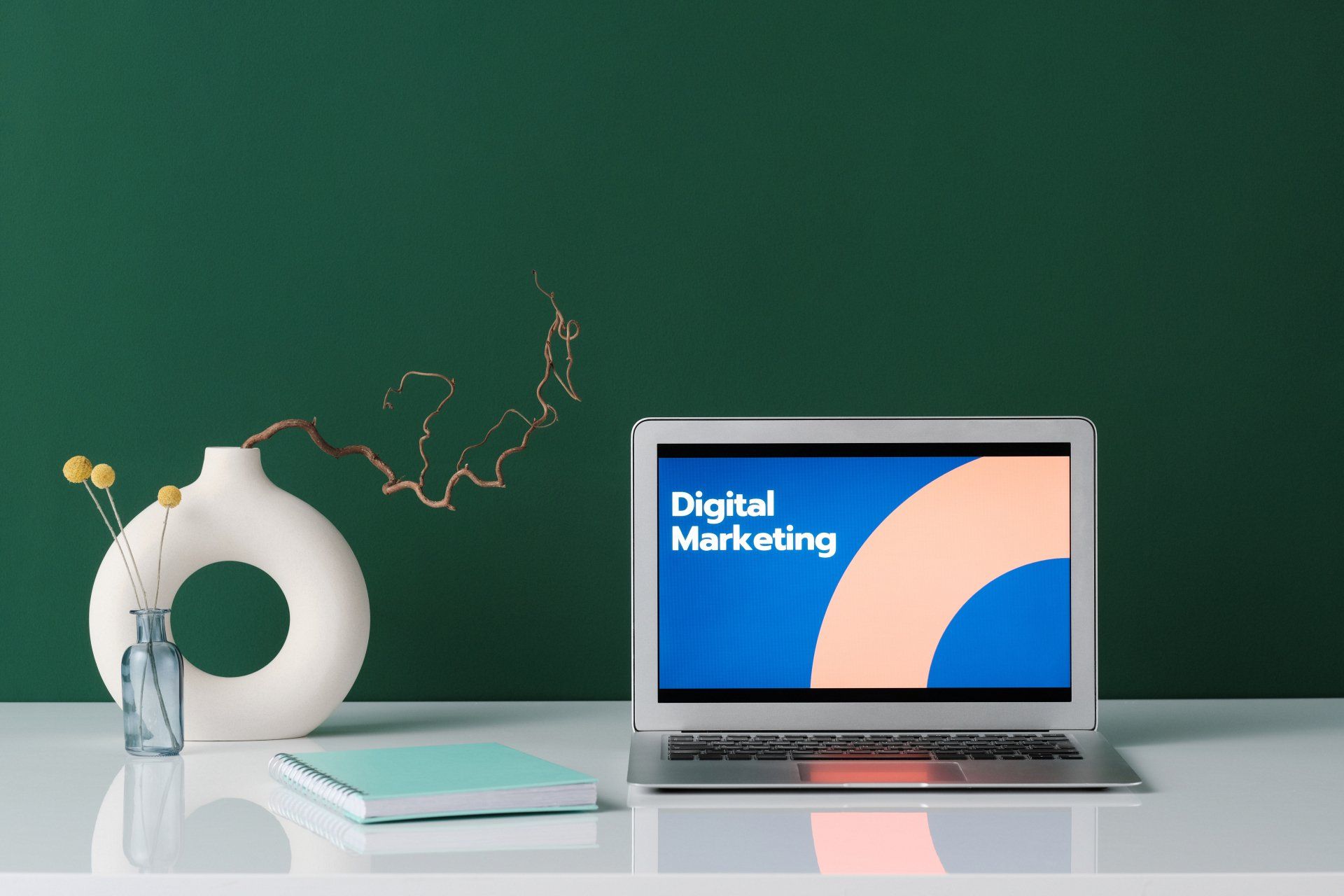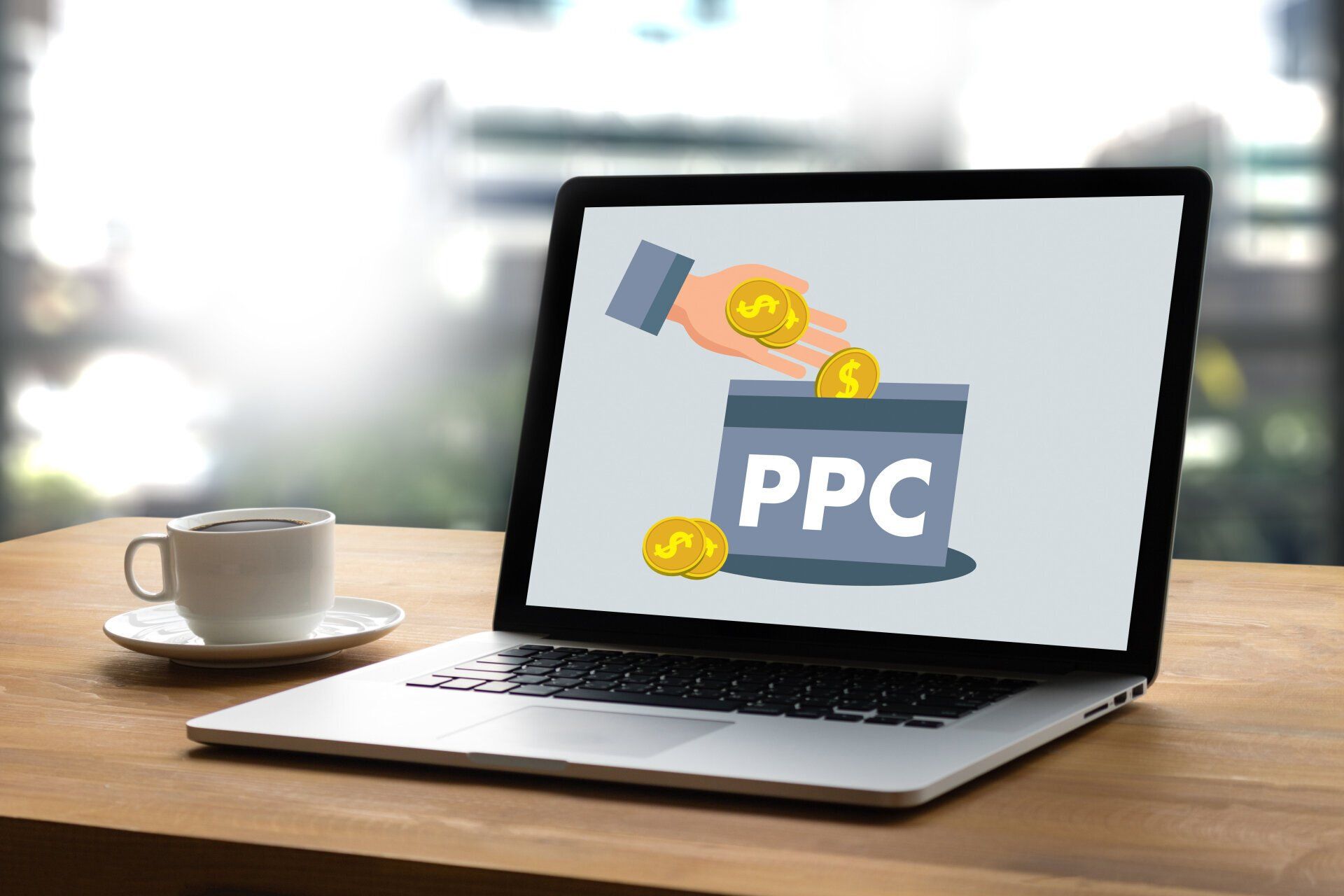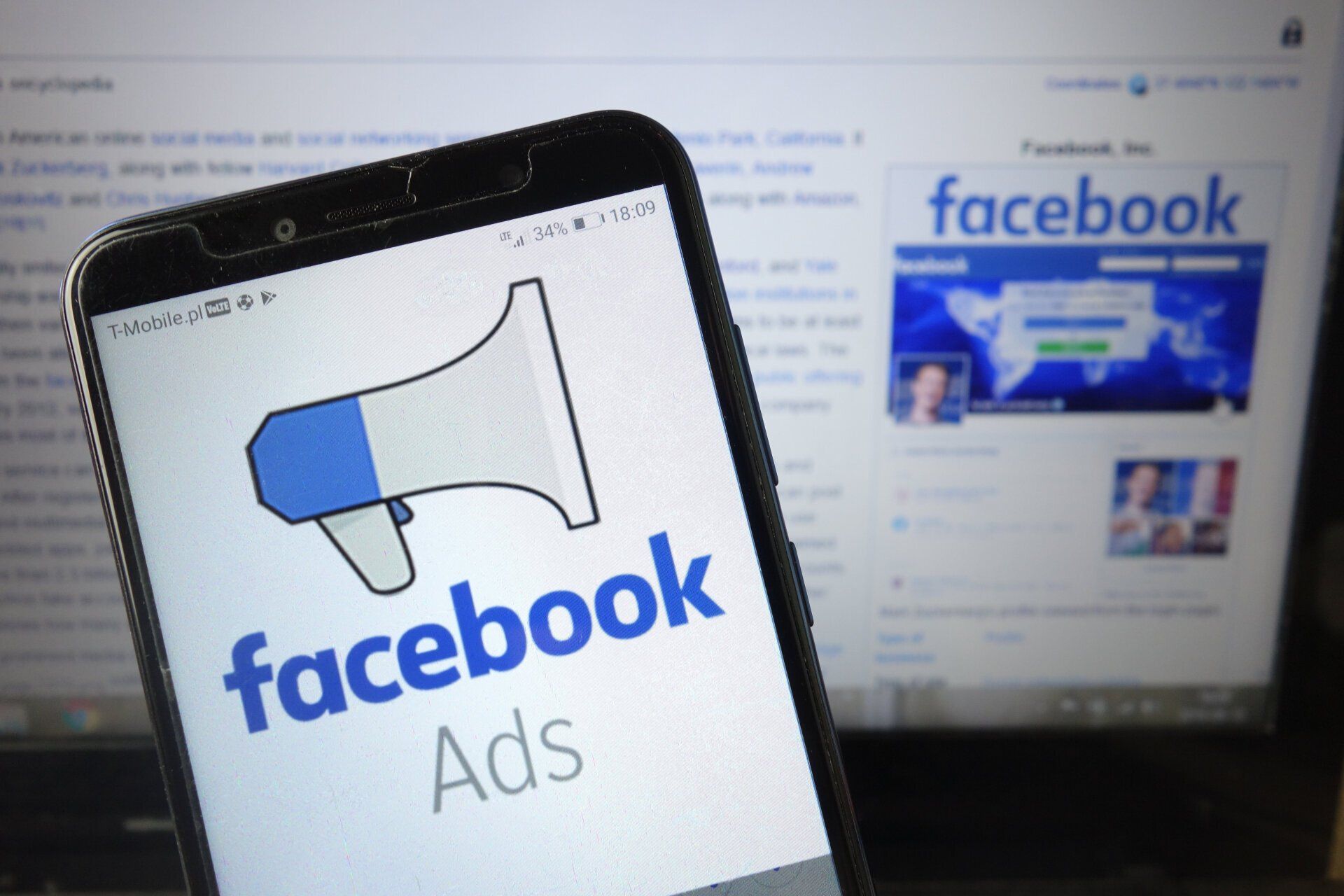#7 Elevating Your Home Services Business with Effective Reputation Management
Effective Reputation Management
Introduction:
In the competitive landscape of home services, a positive online reputation can be a game-changer. Elevate your brand with these strategic steps in reputation management.
Tip #1: The Power of Online Reviews
Online reviews are the lifeblood of your online reputation. Actively encourage satisfied customers to leave positive feedback on platforms like Google and Yelp. Their testimonials are influential decision-makers for potential customers.
Implementation: Create a post-service follow-up email template expressing gratitude for their business and kindly requesting a review. Provide direct links to your review profiles to streamline the process.
Understanding the Influence of Online Reviews:
Online reviews are the digital currency of trust. They serve as testimonials, providing potential customers with insights into the experiences of others who have engaged with your services. The significance of positive reviews cannot be overstated, as they act as a compelling endorsement of your credibility, reliability, and the quality of your work.
Actively Encouraging Positive Reviews:
Encouraging positive reviews is not a passive endeavor; it requires a proactive approach. Consider incorporating the following strategies into your reputation management plan:
- Post-Service Follow-Up:
- Develop a post-service follow-up email template expressing gratitude for the customer's business.
- Kindly request a review and provide direct links to your review profiles, simplifying the process for satisfied customers.
- Incentives for Reviews:
- Consider offering incentives for customers who take the time to leave positive reviews.
- This could be a discount on future services, exclusive access to promotions, or entry into a giveaway.
- Highlighting Reviews on Your Website:
- Showcase positive reviews on your website to amplify their impact.
- Feature customer testimonials prominently on relevant pages, such as your homepage or services pages.
The Strategic Impact:
By actively encouraging positive reviews, you're not only collecting valuable endorsements but also influencing the narrative surrounding your business. Each positive review serves as a virtual recommendation, helping potential customers build trust in your plumbing services.
Tip #2: Address Negative Reviews Promptly and Professionally
Negative reviews happen, but your response can turn the tide. Address them promptly and professionally. Acknowledge concerns, express empathy, and offer resolutions. A well-handled negative review showcases your commitment to customer satisfaction.
Implementation: Establish a protocol for responding to negative reviews promptly. Craft empathetic responses that demonstrate your dedication to resolving issues.
The Impact of Negative Reviews:
Negative reviews are an inevitable aspect of any business, including home services. However, how you respond to them can redefine the narrative. Negative reviews, when handled with care, become platforms for showcasing your responsiveness, empathy, and dedication to resolving customer concerns.
Crafting Professional and Timely Responses:
- Prompt Response:
- Acknowledge negative reviews promptly, demonstrating a commitment to addressing customer concerns swiftly.
- A timely response signals to potential customers that you are actively engaged and responsive to feedback.
- Express Empathy:
- Begin your response by expressing empathy for the customer's experience.
- Acknowledge their concerns genuinely, showing that you understand and appreciate their perspective.
- Offer a Resolution:
- Provide a concrete resolution to the customer's issue within the public response.
- If appropriate, invite them to connect privately to discuss the matter further and provide personalized solutions.
The Strategic Impact:
Addressing negative reviews promptly and professionally serves multiple strategic purposes:
- Rebuilding Trust:
- By openly acknowledging and addressing concerns, you demonstrate transparency and a commitment to resolving issues.
- Potential customers witnessing your responsive approach are more likely to trust your brand.
- Showcasing Customer-Centric Values:
- Professional responses showcase your dedication to customer satisfaction.
- Prospective clients view these interactions as a testament to your proactive and customer-centric values.
- Turning Challenges into Opportunities:
- Transform negative reviews into opportunities to showcase your commitment to continuous improvement.
- Publicly addressing issues shows that you actively use feedback to enhance your services.
Tip #3: Proactively Solicit Reviews
Don't wait for reviews to come in passively. Actively solicit reviews from satisfied customers. Utilize post-service follow-up emails or messages to thank customers and request reviews. Make the process seamless by providing direct links to your review profiles.
Implementation: Implement a systematic approach to solicit reviews after completing successful jobs. Consider incorporating incentives for customers who take the time to leave feedback.
The Proactive Approach to Reviews:
While positive reviews are undoubtedly valuable, the key lies in taking charge of your online narrative. Proactively soliciting reviews ensures that satisfied customers share their experiences, contributing to a robust and positive online reputation.
Actively Seeking Customer Feedback:
- Post-Service Follow-Up:
- Implement a structured post-service follow-up process.
- Send personalized thank-you messages expressing gratitude for their business and kindly requesting a review.
- Incorporate Incentives:
- Consider incorporating incentives to motivate customers to leave reviews.
- Offer discounts, exclusive promotions, or entry into a giveaway as a token of appreciation for their feedback.
- Direct Links to Review Platforms:
- Make the review process seamless by providing direct links to your preferred review platforms.
- Streamlining the journey encourages customers to share their experiences effortlessly.
The Strategic Impact:
Proactively soliciting reviews is more than a numbers game; it's a strategic move with multifaceted benefits:
- Balancing the Narrative:
- By actively encouraging positive reviews, you counterbalance any occasional negative feedback.
- This ensures that your online reputation is a reflection of the overall positive experiences customers have had with your services.
- Showcasing Customer Satisfaction:
- A steady stream of positive reviews showcases consistent customer satisfaction.
- Prospective clients are more likely to trust a business with a recent and ongoing history of positive feedback.
- Building Social Proof:
- Actively solicited reviews serve as compelling social proof.
- Potential customers are influenced by the experiences of others, and a collection of positive reviews becomes a powerful endorsement of your credibility.
Tip #4: Monitor Your Online Reputation
Regularly monitor your online reputation to stay ahead of the curve. Set up monitoring and alert systems to keep you informed of new reviews. Timely responses to both positive and negative reviews demonstrate your active engagement with clients.
Implementation: Utilize online reputation management tools to streamline the monitoring process. Set up alerts for immediate notification of new reviews.
The Significance of Real-time Monitoring:
Online reputation is not a static concept; it's a living, breathing reflection of customer experiences. Monitoring this digital mirror in real-time allows you to actively engage with feedback, identify emerging trends, and swiftly adapt your strategy.
Setting Up Monitoring Systems:
- Utilize Reputation Management Tools:
- Invest in reputable reputation management tools that offer insights into online reviews, social media mentions, and other digital touchpoints.
- These tools streamline the monitoring process, providing a centralized dashboard for comprehensive oversight.
- Set Up Alerts and Notifications:
- Configure alerts and notifications to receive instant updates on new reviews or mentions.
- Timely responses demonstrate your commitment to engagement and customer satisfaction.
- Regularly Check Review Platforms:
- Schedule regular check-ins on major review platforms like Google, Yelp, and industry-specific sites.
- Respond to reviews promptly and engage with customers to reinforce a positive image.
The Strategic Impact:
Monitoring your online reputation isn't just about keeping tabs; it's about strategic adaptation and response:
- Swift Issue Resolution:
- Real-time monitoring allows you to address concerns promptly, preventing negative sentiments from escalating.
- Demonstrating responsiveness contributes to customer satisfaction and showcases your commitment to quality service.
- Identifying Trends and Patterns:
- Monitoring helps you identify emerging trends or patterns in customer feedback.
- Recognizing these patterns allows you to proactively address operational or service-related issues.
- Capitalizing on Positive Momentum:
- Celebrate positive reviews and testimonials by showcasing them on your website and marketing materials.
- Capitalizing on positive momentum reinforces your brand's strengths and builds credibility.
Tip #5: Learn from Constructive Feedback
Negative reviews, when approached with a growth mindset, can be invaluable. Identify patterns or recurring issues and use this feedback for continuous improvement in your home services. Addressing concerns showcases your commitment to enhancing your services.
Implementation: Analyze negative reviews for common themes. Use this information to make operational changes that address the root causes of customer dissatisfaction.
Understanding the Value of Constructive Feedback:
Constructive feedback, even when wrapped in the packaging of a negative review, carries immense value. It's a roadmap for improvement, a window into customer expectations, and an opportunity to showcase your commitment to continuous enhancement.
Turning Challenges into Opportunities:
- Identify Patterns in Feedback:
- Systematically analyze negative reviews to identify recurring themes or patterns.
- Recognizing consistent feedback points allows you to address root causes rather than individual incidents.
- Implement Operational Changes:
- Use constructive feedback as a catalyst for operational improvements.
- Whether it's addressing specific service gaps or streamlining communication processes, each adjustment enhances the overall customer experience.
- Communicate Changes Proactively:
- Publicly acknowledge and communicate changes made in response to feedback.
- This demonstrates transparency, accountability, and a proactive approach to customer satisfaction.
The Strategic Impact:
Learning from constructive feedback is not just about issue resolution; it's a strategic move with lasting benefits:
- Continuous Improvement:
- Embracing constructive feedback fosters a culture of continuous improvement.
- This commitment to evolving based on customer insights positions your plumbing business as a dynamic and responsive service provider.
- Enhancing Customer Trust:
- Transparently addressing feedback showcases your dedication to meeting customer expectations.
- Customers appreciate businesses that actively listen, learn, and adapt, fostering trust and loyalty.
- Positioning Challenges as Opportunities:
- Transforming challenges into opportunities demonstrates resilience and a solution-oriented mindset.
- This positive narrative showcases your ability to overcome hurdles, further enhancing your brand's credibility.
Tip #6: Encourage Detailed Reviews
Encourage customers to share detailed reviews that highlight specific strengths of your services. Specific, informative reviews are more valuable to potential customers. Ask satisfied clients to detail aspects they appreciated, such as punctuality, expertise, or problem-solving skills.
Implementation: In your review solicitation messages, prompt customers to share specific details about their experience. Highlight these detailed reviews on your website and marketing materials.
Reputation management is not just about maintaining a positive image; it's a strategic tool for building trust and credibility. By implementing these steps, you'll position your home services business for exceptional results and a stellar online reputation.
The Power of Detailed Reviews:
While positive sentiments are impactful, detailed reviews elevate the storytelling aspect of your online reputation. Encouraging customers to share specific aspects of their experience provides potential clients with a vivid picture of what sets your plumbing services apart.
Crafting a Narrative of Excellence:
- Request Specific Feedback:
- When soliciting reviews, encourage customers to share specific details about their experience.
- Prompt them to highlight aspects such as punctuality, expertise, problem-solving skills, or any standout service that made a lasting impression.
- Create a Review Request Template:
- Develop a review request template that guides customers in providing detailed feedback.
- Offer prompts or questions that elicit specific information, making it easier for customers to articulate their experiences.
- Highlight the Value of Details:
- Communicate to customers the impact detailed reviews have on potential clients.
- Explain that their insights can guide others in making informed decisions, showcasing your commitment to transparency.
The Strategic Impact:
Encouraging detailed reviews isn't just about storytelling; it's a strategic move with profound implications:
- Building Trust through Transparency:
- Detailed reviews contribute to a transparent narrative, providing potential customers with a comprehensive understanding of your services.
- This transparency fosters trust, a cornerstone of a positive online reputation.
- Showcasing Strengths and Specializations:
- Specific feedback allows you to highlight your strengths and specializations.
- Whether it's a unique approach to problem-solving or exceptional customer service, these details become your brand differentiators.
- Creating a Diverse and Nuanced Portfolio:
- Detailed reviews create a diverse portfolio of customer experiences.
- This diversity showcases your ability to cater to a range of needs, making your plumbing business more appealing to a broader audience.
Conclusion:
As you implement these steps, remember that reputation management is not a one-time task but an ongoing commitment to excellence. Your online reputation is a journey, and each positive review, timely response, and proactive step contributes to a narrative of trust and reliability.
Here's to a future filled with a stellar online reputation that resonates with the quality of your plumbing business. Should you have any questions or need further guidance on navigating the dynamic landscape of reputation management, feel free to reach out. Your success in the home services industry is our shared goal.
Elevate your reputation. Elevate your business.





We are the premier digital marketing solution for the home services industry.
Contact us today to get your free, no-obligation consultation!
GET IN TOUCH
(424) 766-4047
info@subtideagency.com
468 S Roxbury Drive,
Beverly Hills, CA 90212





